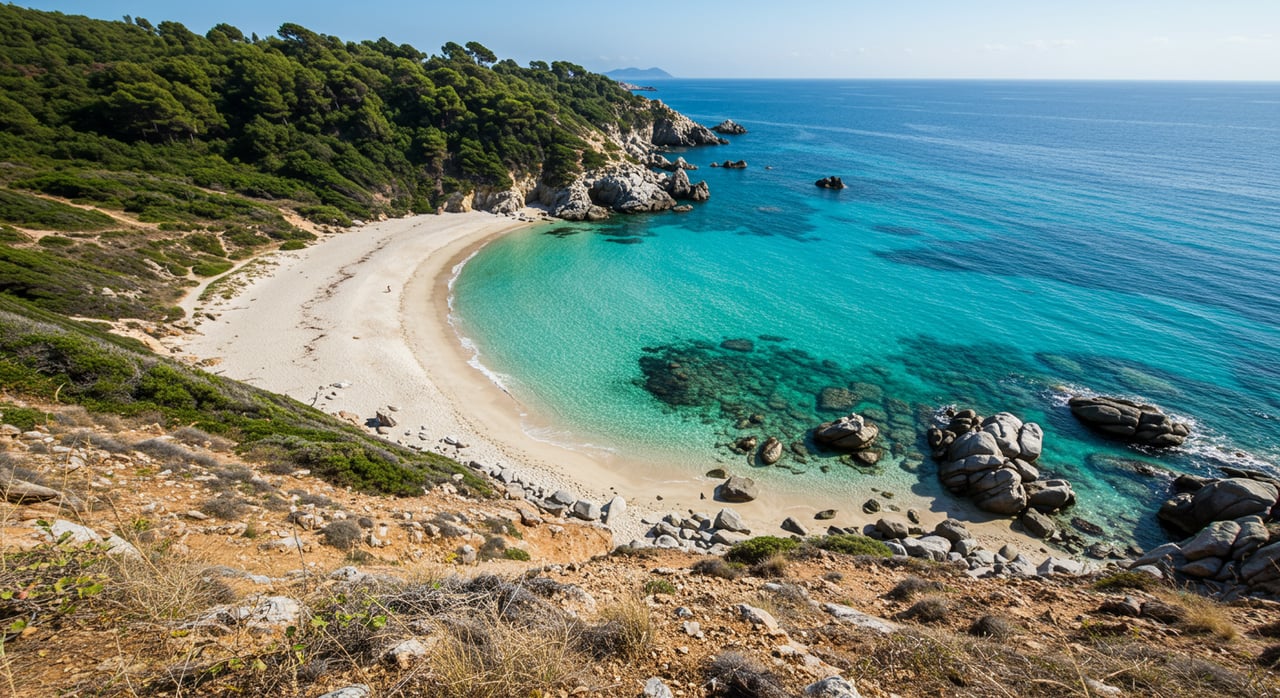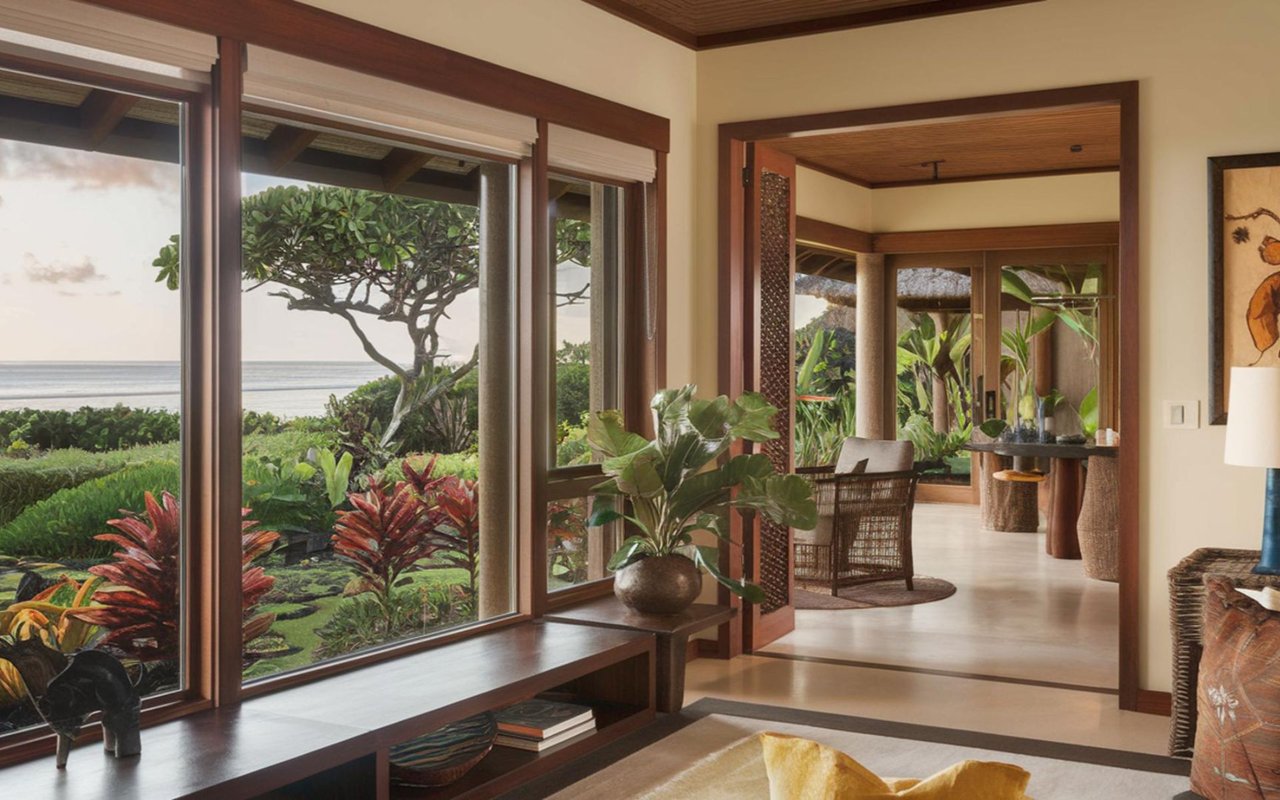In an era where environmental consciousness is becoming increasingly important, making your home more eco-friendly is a rewarding endeavor. Not only does it contribute to a healthier planet, but it can also lead to cost savings and a more comfortable living space. Whether you're looking to make small changes or undertake larger projects, there are numerous ways to enhance the sustainability of your home. From energy-efficient upgrades to sustainable materials, these tips will guide you in creating a more eco-friendly living environment.
Embrace Energy-Efficient Lighting
Switching to energy-efficient lighting is one of the simplest ways to reduce your home's energy consumption. Traditional incandescent bulbs consume a significant amount of electricity, whereas LED and CFL bulbs use far less energy and have a longer lifespan. By replacing your existing bulbs with these energy-efficient alternatives, you can lower your electricity bills and reduce your carbon footprint. Additionally, consider installing dimmer switches and motion sensors to further optimize energy usage in your home.
Install a Programmable Thermostat
A programmable thermostat is a valuable tool for managing your home's heating and cooling systems more efficiently. By setting your thermostat to adjust the temperature based on your schedule, you can minimize energy waste and maintain a comfortable environment. For instance, you can program the thermostat to lower the temperature when you're asleep or away from home, and raise it when you're active. This simple upgrade can lead to significant energy savings and a more eco-friendly home.
Opt for Sustainable Flooring
When it comes to flooring, choosing sustainable materials can positively impact the environment. Options such as bamboo, cork, and reclaimed wood are not only eco-friendly but also stylish and durable. Bamboo, for example, is a rapidly renewable resource that grows much faster than traditional hardwoods. Cork is another sustainable choice, as it is harvested from the bark of cork oak trees without harming the tree itself. Reclaimed wood gives new life to old materials, reducing the need for new resources.
Improve Insulation
Proper insulation is key to maintaining a comfortable indoor temperature and reducing energy consumption. By ensuring your home is well-insulated, you can prevent heat loss in the winter and keep cool air inside during the summer. This reduces reliance on heating and cooling systems, lowering energy bills. Consider adding insulation to your attic, walls, and floors, and sealing any gaps or cracks around windows and doors to enhance your home's energy efficiency.
Use Low-VOC Paints
Opt for low-VOC (volatile organic compounds) paints when painting your home. Traditional paints release VOCs into the air, which can contribute to indoor air pollution and have adverse health effects. Low-VOC paints, on the other hand, contain fewer harmful chemicals and are a healthier choice for both you and the environment. They are available in a wide range of colors and finishes, making it easy to find an eco-friendly option that suits your style.
Incorporate Water-Saving Fixtures
Water conservation is an essential aspect of creating an eco-friendly home. You can significantly reduce your water usage by installing water-saving fixtures such as low-flow toilets, showerheads, and faucets. These fixtures are designed to maintain performance while using less water, helping you conserve this precious resource without sacrificing comfort. Additionally, consider collecting rainwater for outdoor use, such as watering plants or washing your car, to further minimize water waste.
Choose Energy-Efficient Appliances
Investing in energy-efficient appliances is another effective way to make your home more eco-friendly. Look for appliances with the ENERGY STAR label, which indicates they meet strict energy efficiency guidelines set by the Environmental Protection Agency. These appliances use less energy and water than standard models, leading to cost savings and a reduced environmental impact. Whether it's a refrigerator, dishwasher, or washing machine, choosing energy-efficient options can make a significant difference.
Utilize Natural Light
Maximizing natural light in your home reduces the need for artificial lighting and creates a warm and inviting atmosphere. Consider arranging furniture to allow sunlight to flow freely through your space, and use light-colored curtains or blinds to enhance the effect. Skylights and strategically placed windows can also help bring more natural light into your home. By making the most of daylight, you can lower your energy consumption and create a more pleasant living environment.
Adopt Eco-Friendly Landscaping
Your home's exterior can also benefit from eco-friendly practices. Consider adopting sustainable landscaping techniques, such as planting native species that require less water and maintenance. Using mulch and compost can improve soil health and reduce the need for chemical fertilizers. Additionally, incorporating permeable paving materials can help manage stormwater runoff and reduce the impact on local water systems. These practices not only enhance the beauty of your outdoor space but also contribute to a healthier ecosystem.
Reduce, Reuse, and Recycle
Embracing the principles of reduce, reuse, and recycle is fundamental to creating an eco-friendly home. Reducing waste by purchasing products with minimal packaging, reusing items whenever possible, and recycling materials are all effective ways to minimize your environmental impact. Composting organic waste is another excellent practice that reduces landfill contributions and enriches your garden soil. By incorporating these habits into your daily routine, you can make a positive difference in your home and the environment.
Embrace a Greener Home
Making your home more eco-friendly doesn't have to be expensive or complicated. Simple changes can lead to significant energy savings and a healthier environment. By adopting these tips, you can enjoy a more sustainable lifestyle while reducing your utility bills.
If you're interested in exploring eco-friendly properties in Costa Rica, contact
Costa Rica Christie’s International Real Estate.
*Header image courtesy of Unsplash




